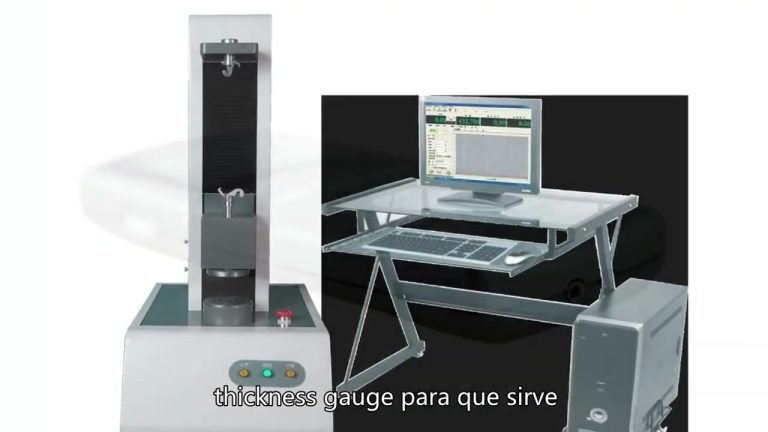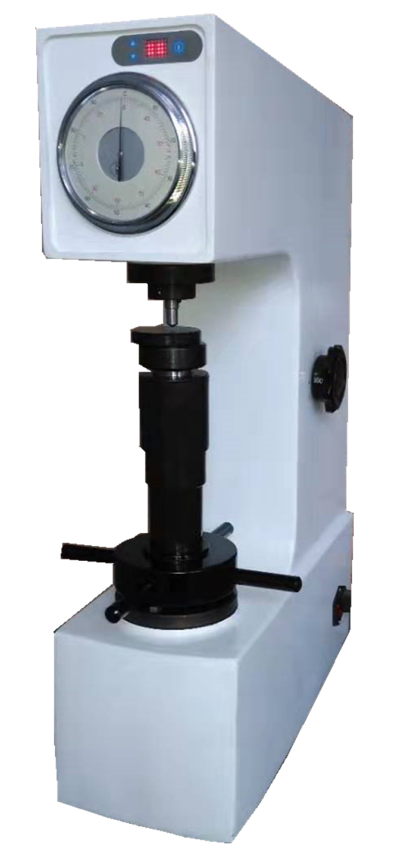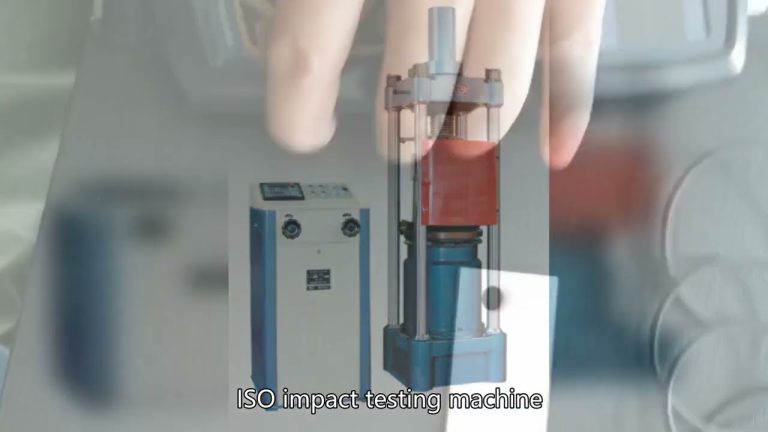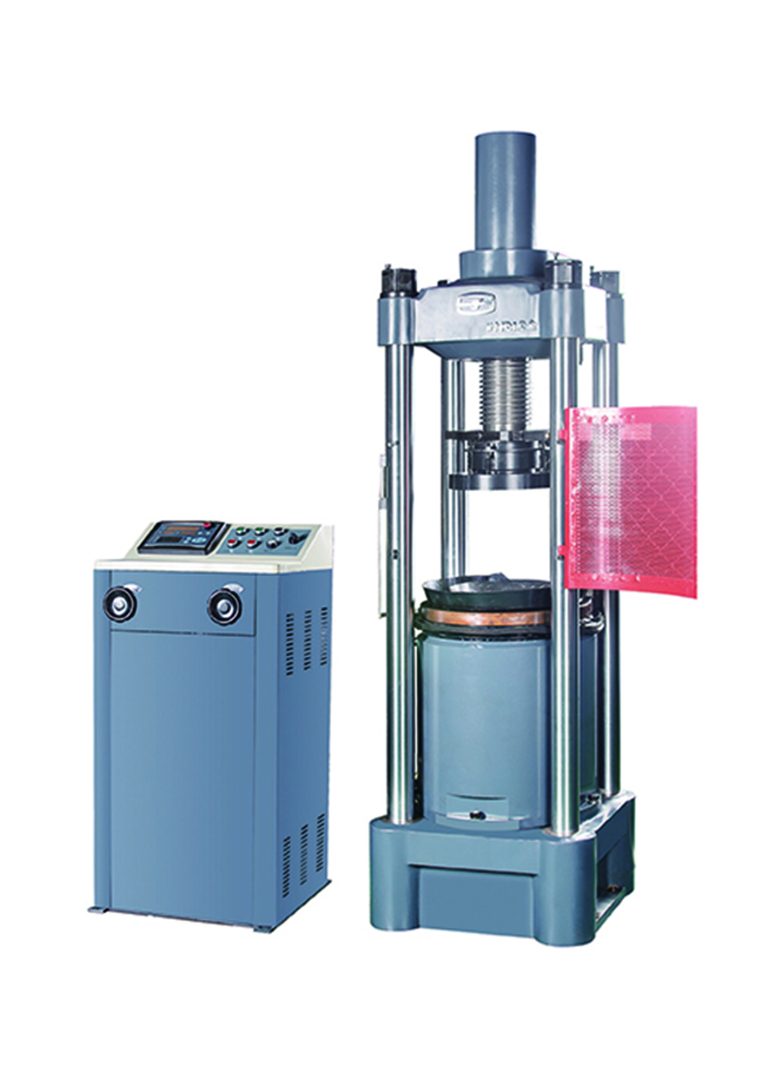Characteristics of Rockwell Hardness Tester
The manual Rockwell hardness tester test is simple to operate, fast in measurement, the hardness value can be read directly on the indicator table, and the work efficiency is high, making it one of the most commonly used hardness testing methods. Because the test force is small, the indentation is also small, especially the indentation of the surface Rockwell hardness test is smaller, which has no impact on the use of most workpieces. The finished workpiece can be directly tested. The use of the initial test force makes the surface of the sample slightly The unevenness has little impact on the hardness value. Therefore, this instrument is very suitable for use in factories and is suitable for testing finished or semi-finished workpieces processed in batches piece by piece. This test method does not have high requirements for measurement operations and is very Easy for professionals to master.

Application of Rockwell Hardness Tester
The Rockwell hardness test uses 3 types of indenters and 6 types of test forces. Depending on the material, hardness range and size of the metal material, there are 15 scales to choose from, which can test almost all common metal materials from very soft to very hard. , the application range is very broad. Rockwell hardness tester has been widely used in industrial production and has become the main means to inspect product quality and determine reasonable processing technology. It can test various ferrous and non-ferrous metals, test the hardness of quenched steel, tempered steel, annealed steel, surface hardened steel, plates of various thicknesses, cemented carbide materials, powder metallurgy materials, and thermal spray coatings. Superficial Rockwell hardness testers are used to test the hardness of sheet metal, thin-walled tubing, case-hardened steel and small parts.
Preparation before Rockwell hardness tester test
- Scope of use
When testing, please select the pressure head and total test force according to the following table:
Scale symbol Indenter Total test force N (kgf) Marked hardness symbol Allowed measurement range
B ∮1.588/mm steel ball 980.7(100) HRB 20-100
C 120°Diamond 1471(150) HRC 20-70
A 120°Diamond 588.4(60) HRA 20-88
A scale: used to measure metals with a hardness exceeding 70HRC (such as tungsten carbide, cemented carbide, etc.). It can also measure hard sheet materials and surface-hardened materials.
C scale: used to measure the hardness of heat-treated steel products.
B scale: used to measure soft or medium hard metals and unhardened steel products.
(1) Adjust the loading speed of the main test force; (2) Selection of the test force (150KG: 1471N 100KG/980.7N 60KG/588N)); (3) Carefully install the hardness tester indenter. - Test procedure
(1) Clean the top surface of the screw and the upper and lower end surfaces of the worktable, and place the worktable on the screw table;
(2) Wipe the support surface of the specimen and place it on the workbench. Rotate the handwheel to slowly raise the workbench and lift the pressure head until the small pointer points to the red dot and the large pointer rotates 3 times vertically upward;
(3) Rotate the indicator housing so that the long engraved line between C and B is aligned with the big pointer;
(4) Pull the loading handle to apply the main test force, and the large pointer of the indicator rotates counterclockwise;
(5) When the indicator needle stops rotating, the unloading handle can be pushed back to remove the main test force;
(6) Read from the corresponding scale on the indicator;
(7) Turn the handwheel to lower the specimen, and then move the specimen. Follow steps (2)-(6) above to conduct a new test;
(8) After the test, cover the machine with a dust cover. - Notes:
(1) Regularly inject a small amount of engine oil into the contact surface between the screw and the handwheel;
(2) Before using the hardness tester, the top surface of the screw and the end surface of the workbench should be wiped clean;
(3) Regularly check the accuracy of the hardness tester with a standard hardness block, and never test on the supporting surface;
(4) When there are burrs on the supporting surface of the standard hard block, it should be polished with a whetstone. When testing at different positions, the hard block should be dragged on the workbench and should not be taken away from the workbench.
Main technical parameters of Rockwell hardness tester
Rockwell scale: HRA, HRB, HRC, HRD, HRE, HRF, HRG, HRH, HRK
Initial test force (N): 98.07 (10kg)
Total test force (N): 588 (60kg), 980 (100kg), 1471 (150kg)
Hardness value reading method: dial
The maximum height allowed for the test piece: 170mm
Distance from the center of the indenter to the body: 165mm
Rockwell hardness tester overall dimensions (mm): 520×240×700
Rockwell hardness tester weight (kg): 80
Implementation standards: GB/T230.2 national standard, JJG112 verification procedures
Hardness value range
HRA:20~88
HRB:20~100
HRC:20~70
Standard accessories (accessories):
Diamond Rockwell indenter, diameter 1.5875mm carbide ball indenter
Large flat test bench, medium flat test bench, V-shaped test bench, HRC, HRB hardness block







